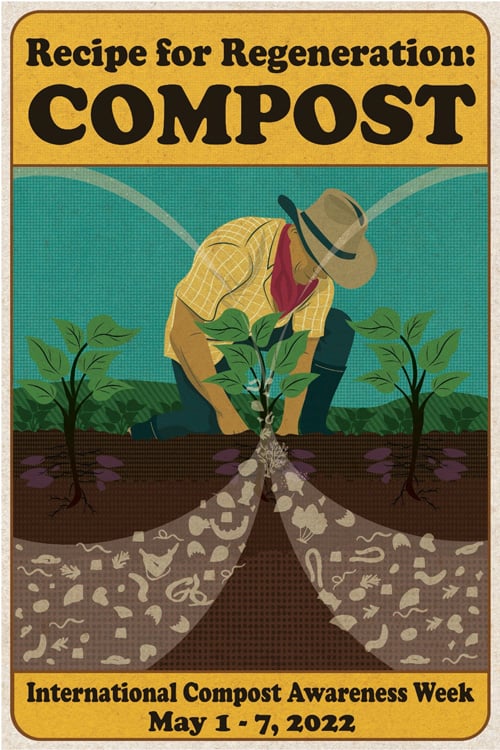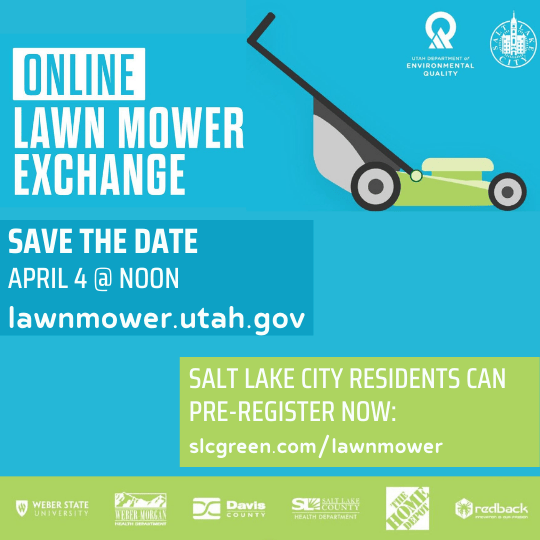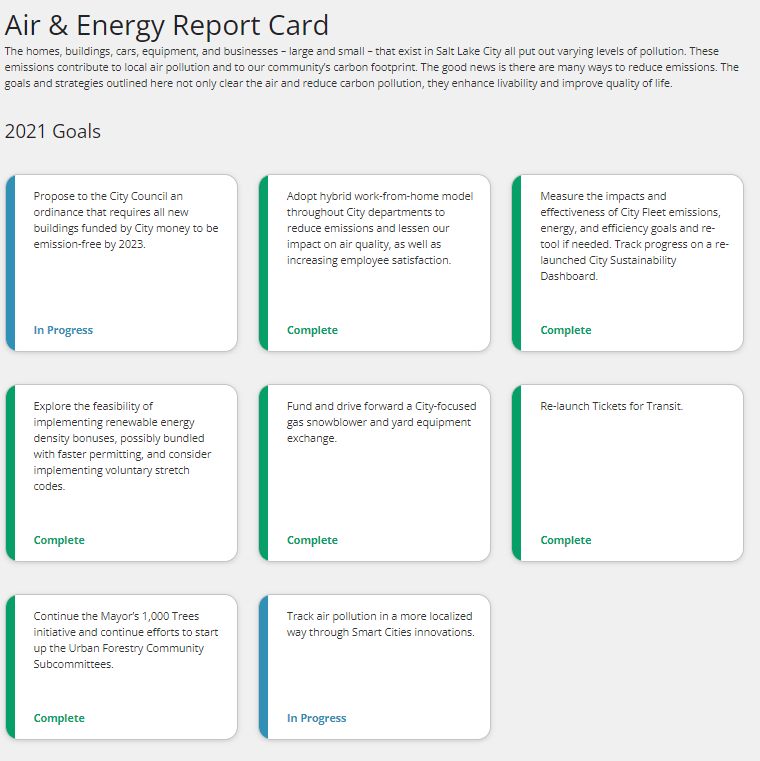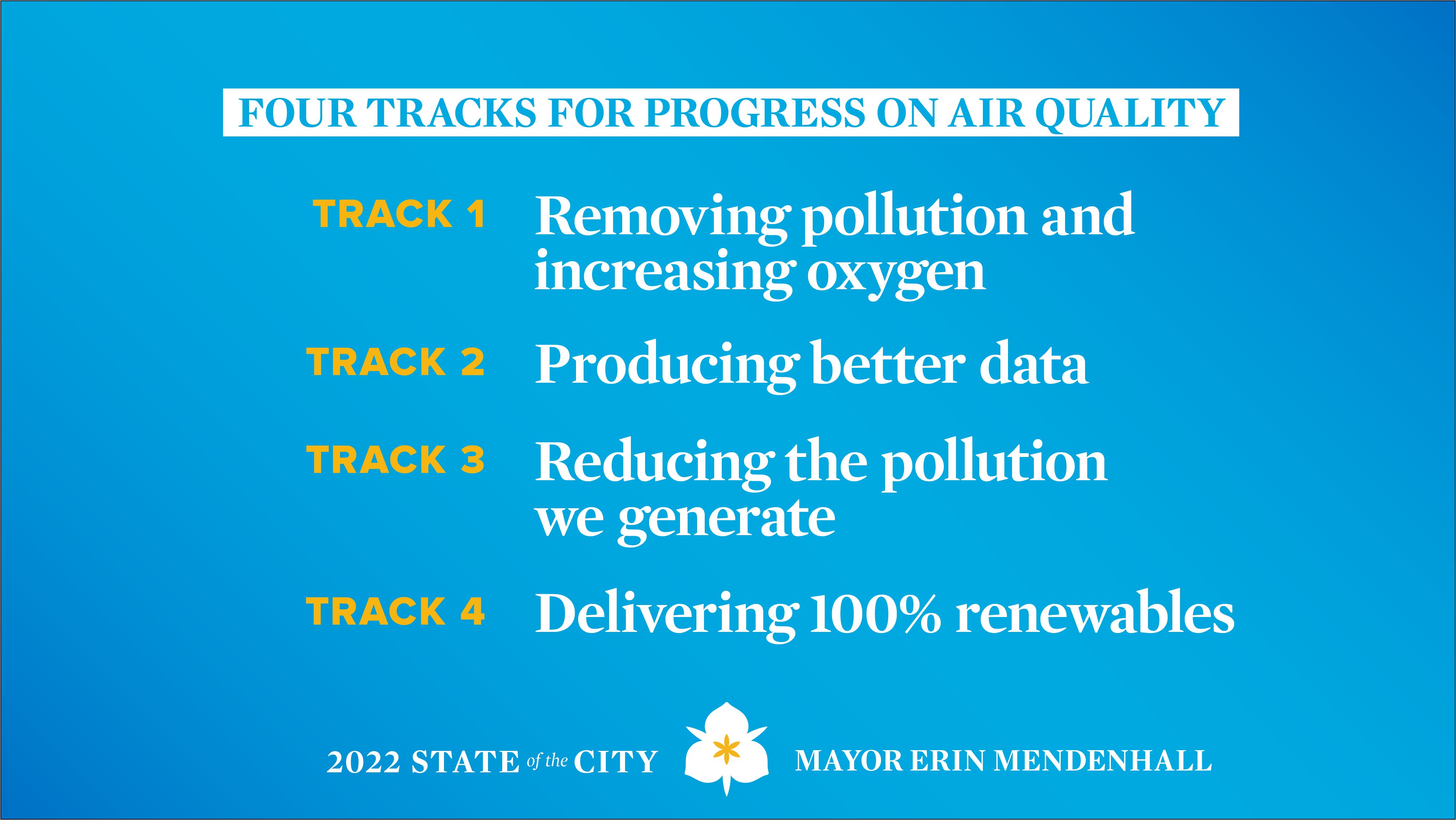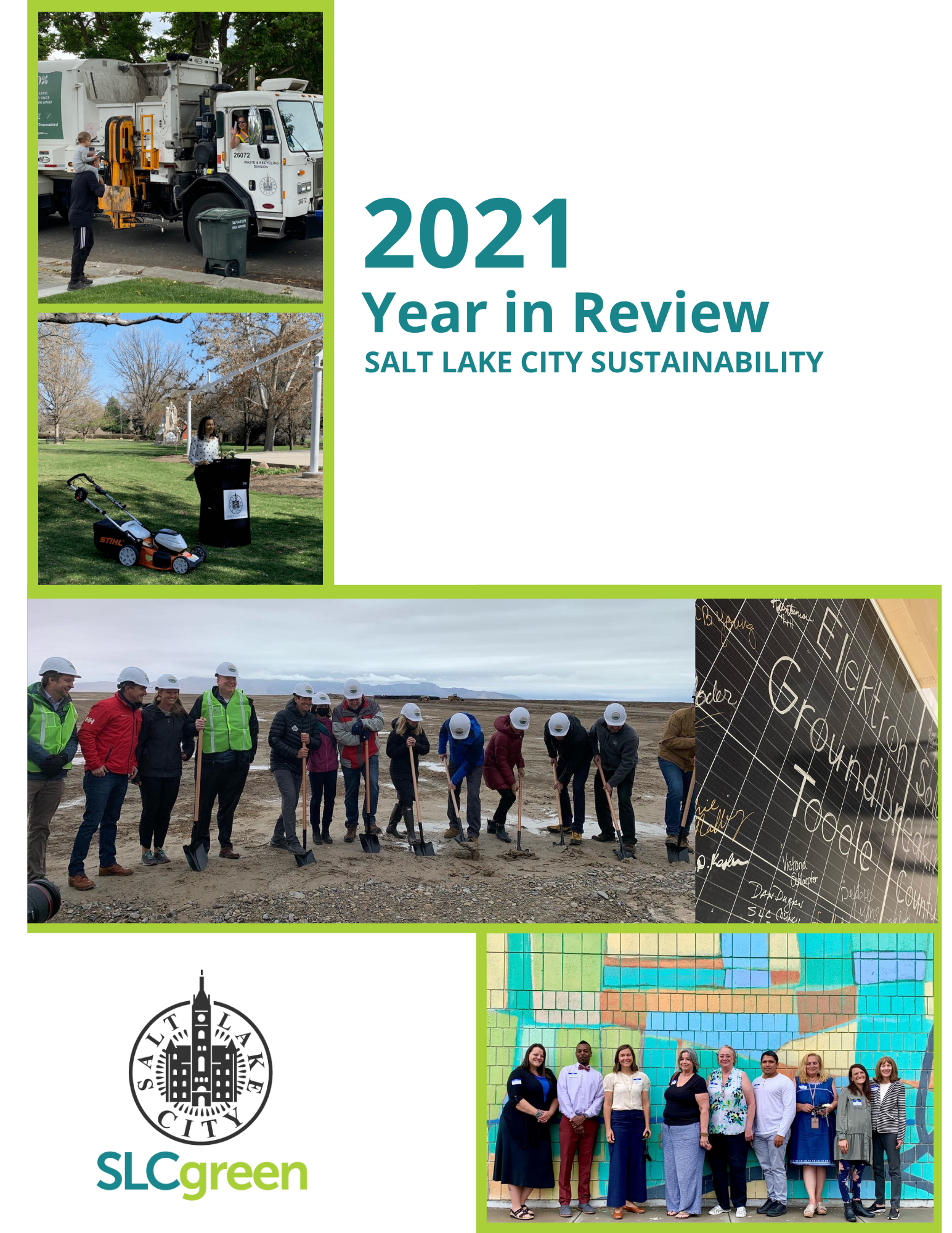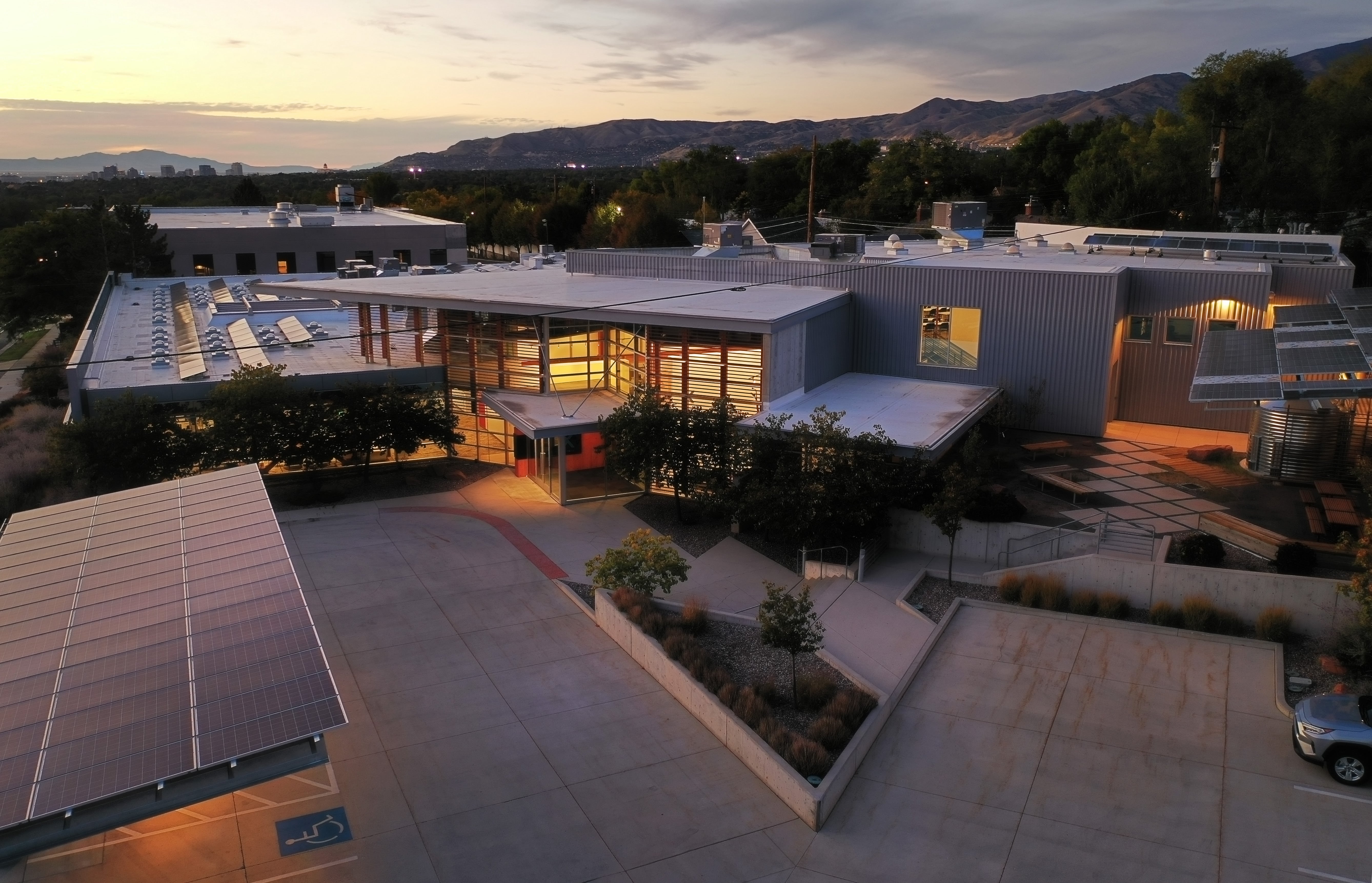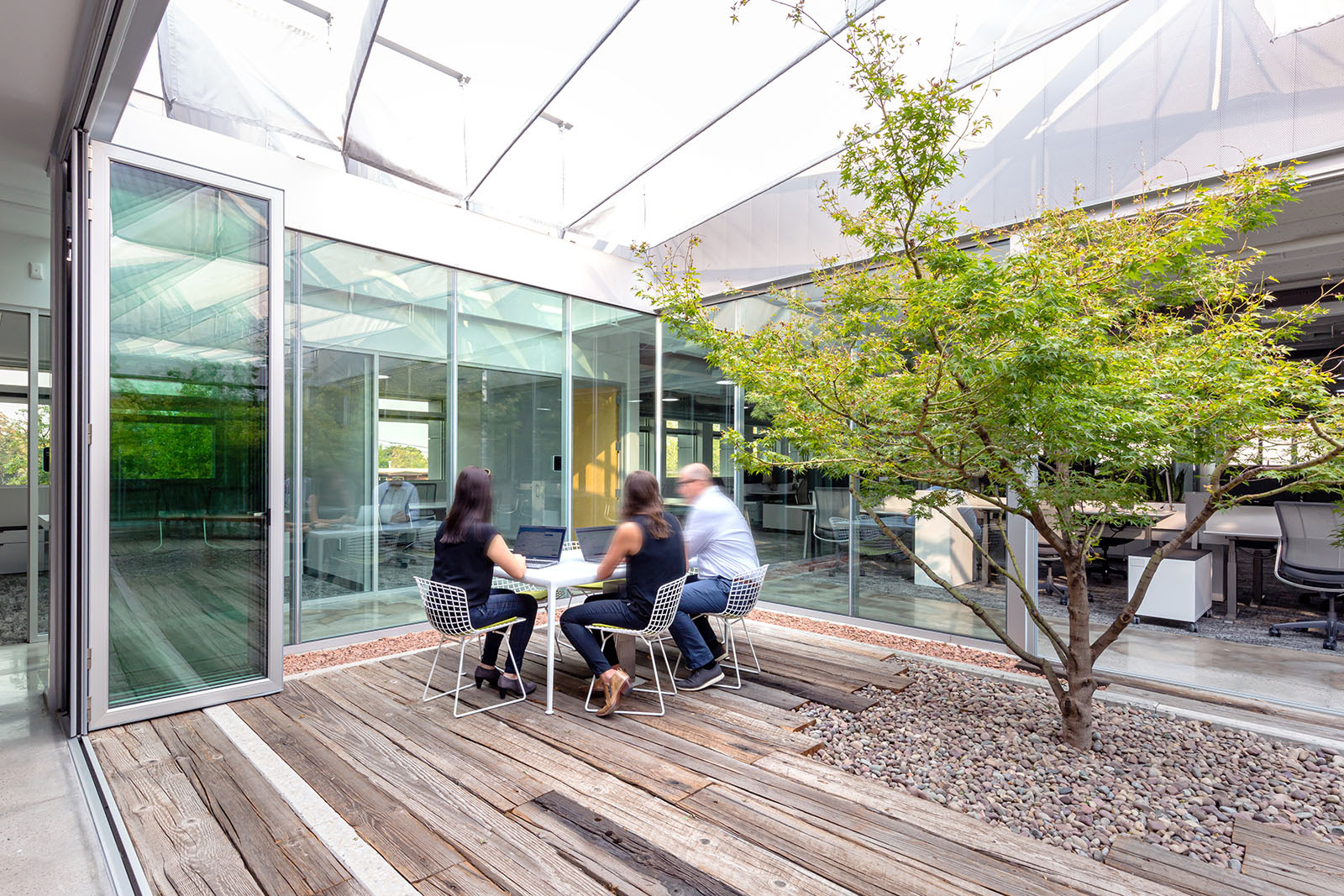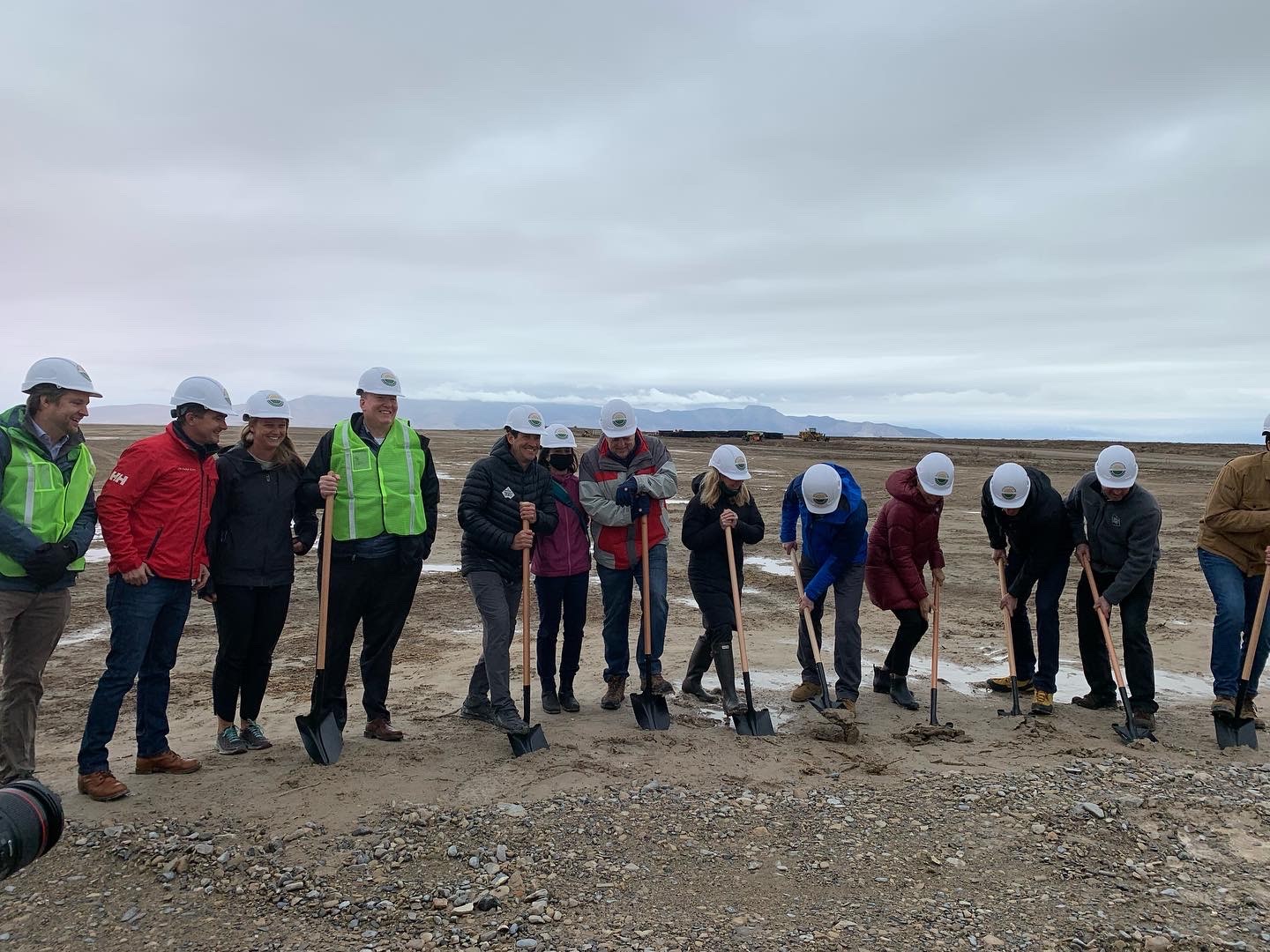Did you know that last week was International Compost Week? This year’s theme is Recipe for Regeneration: Compost which means focusing “on the crucial role recycling our food scraps and yard trimmings plays by creating compost, which when added to soil results in a recipe that makes our food more nutritious, the air we breathe cleaner and our climate healthier overall.” Last week, from May 1 – May 7, we celebrated everything compost!
Composting is the most local form of recycling. By taking our food scraps and turning them into compost at our local Salt Lake Valley Landfill and then returning them to our yards and gardens to produce healthy and beautiful plants, we create a closed loop! The landfill is located at 6030 W. California Ave. (1300 S.), Salt Lake City , UT 84104 and is open Monday through Saturday from 7am to 5pm. If you have questions, you can contact the landfill at 385-468-6370.
Why Compost?
Prevents soil erosion- Composting prevents erosion by binding soil together, increasing infiltration, and slowing the surface flow of water.
Manages stormwater- Compost helps to control water flows on and through soil, thereby proving to be a capable tool for stormwater management.
Promotes healthier plant growth- Compost balances soil density, adds and retains nutrients, and discourages disease, pests and weeds.
Conserves water- Compost retains and efficiently transfers water through the soil, allowing surrounding plants to maximize water for growth. This in turn saves you money by minimizing the amount of irrigation you will have to provide to your project!
Reduces Waste- Compost is generally made from waste (food scraps, yard waste, organic byproducts, etc) that is diverted from landfill flows. This reduces the amount of waste going to landfills and it upcycles those materials into a productive, environmentally beneficial product.
Combats climate change- Composting cuts down on greenhouse gases entering the atmosphere and makes ecosystems more resilient to rising temperatures. .
Reduces project management costs- Compost promotes healthy plant growth, thereby reducing mortality and subsequent replacement costs. Additionally, compost promotes drought resistance which lowers artificial irrigation costs.
Improves soil health- Compost adds nutrients and soil biota, and improves the biological, chemical and structural health of soils.
https://www.instagram.com/reel/CdMR1I1rccU/?utm_source=ig_web_copy_link
Continue reading
